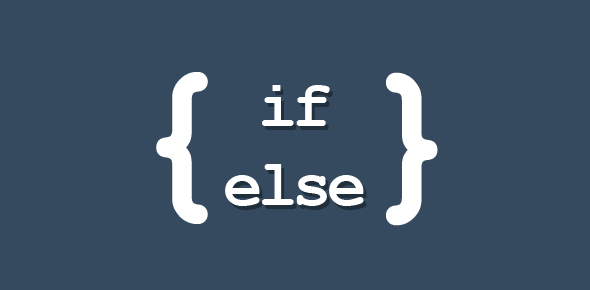A key component of programming is logic building, which enables you to manage the flow of your code and take different actions in response to specific circumstances.
For creating logical structures, Python offers a number of tools, such as if statements, for loops, and while loops.To get you started, we'll go over the fundamentals of each of these structures in this blog and offer some examples.
1. If statements
An if statement is used to execute a block of code only if a certain condition is met. The basic syntax for an if statement is as follows:
if condition:
Here, condition is a boolean expression that is evaluated to either True or False. If the condition is True, the code block will be executed. If the condition is False, the code block will be skipped.
You can also include an else clause to execute a different block of code if the condition is False. The syntax for an if-else statement is as follows:
if condition:
# code to be executed if condition is True
else:
# code to be executed if condition is False
You can also use an elif clause to check for multiple conditions. The syntax for an if-elif-else statement is as follows:
if condition1:
# code to be executed if condition1 is True
elif condition2:
# code to be executed if condition1 is False and condition2 is True
else:
# code to be executed if condition1 and condition2 are both False
age = 25
if age < 18:
print("You are a minor.")
elif age < 65:
print("You are an adult.")
else:
print("You are a senior.")
2. For loops
# code to be executed for each element
Here is an example of a for loop that iterates over a list of numbers and prints out their squares:
for n in numbers:
print(n ** 2)
The output of this code would be:
4
9
16
25
Here, start is the starting number of the sequence (inclusive), stop is the ending number of the sequence (exclusive), and step is the interval
3.While loops
# code to be executed
4. Break and continue statements:
Here is an example of a loop that uses a break statement to exit when a certain condition is met:
# code to be executed
if condition:
break
And here is an example of a loop that uses a continue statement to skip the rest of the current iteration:
for element in sequence:
if condition:
continue
# code to be executed for elements where condition is False
I hope this is useful.If you have any inquiries or require additional explanation,


Blogger Comment
Facebook Comment